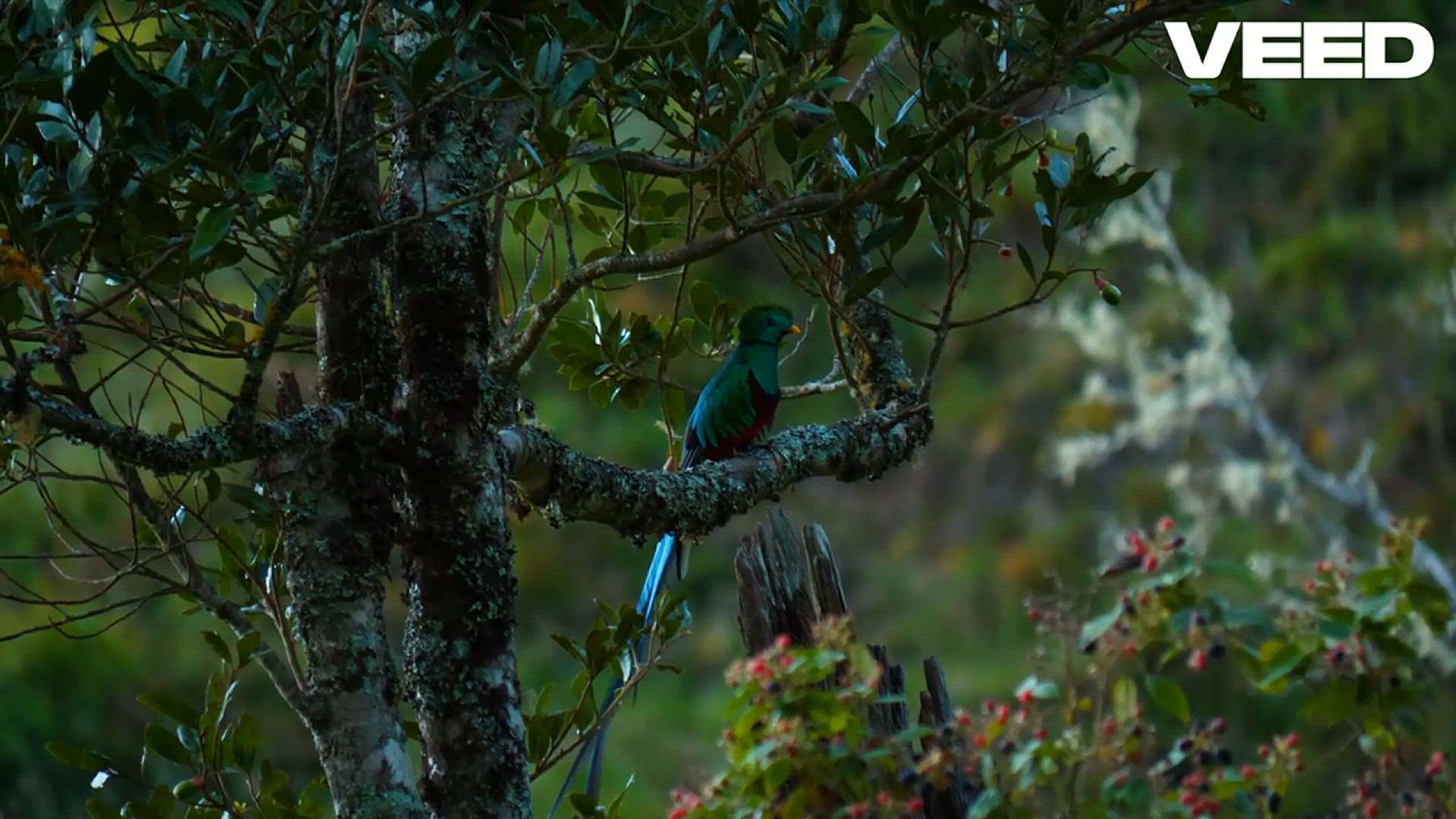
Butterfly Coquette | Classification, Habitat, Scientific Names, Predator, & Facts
Discover the beauty of the Butterfly Coquette, a stunning species of butterfly known for its vibrant colors and graceful flight.
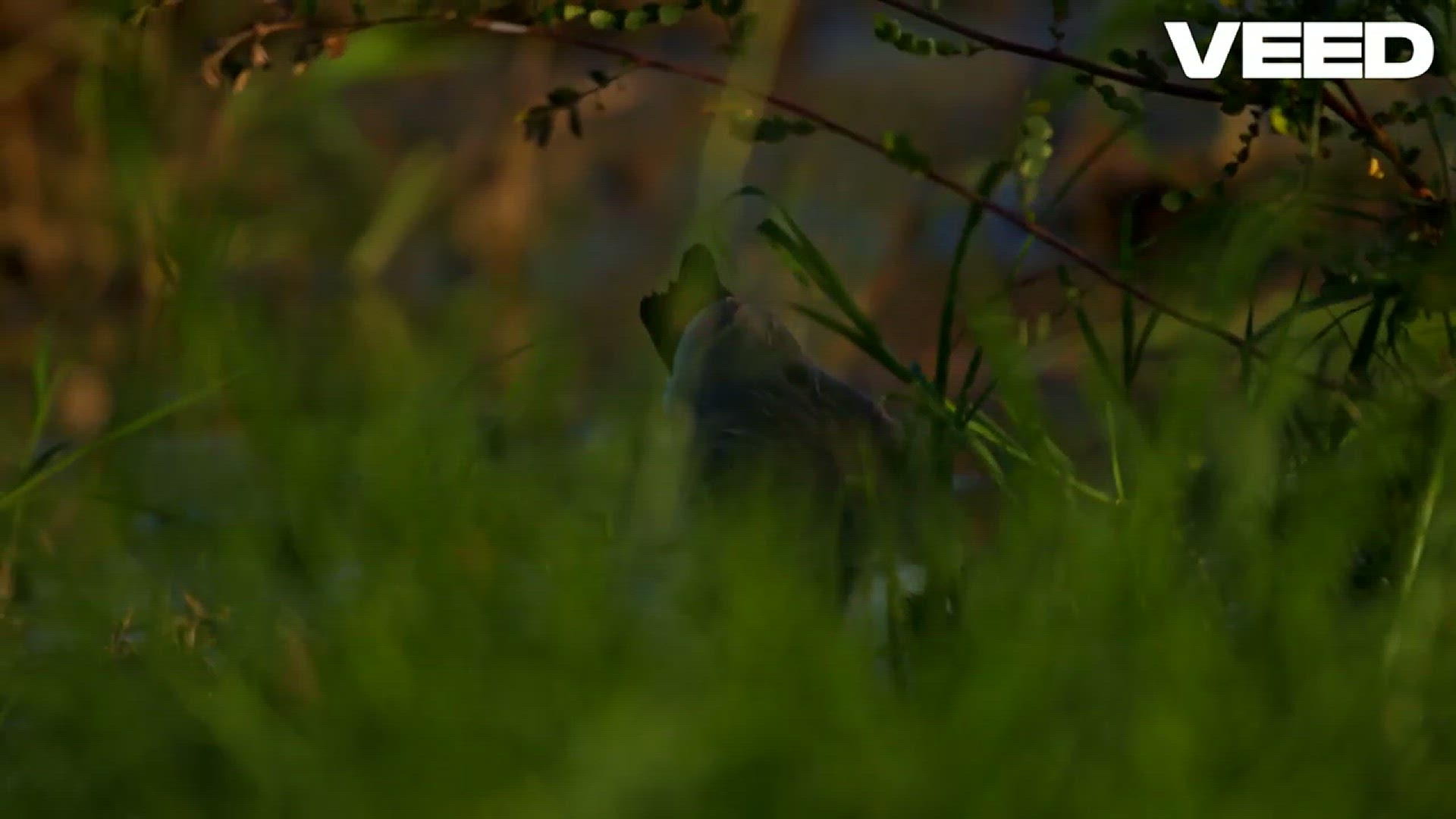
Black-headed ibis Birds
The Black-headed ibis is a bird with a black head and neck, white body, and long curved bill. They are often found near wetlands and marshes where they feed on insects, small fish, and frogs. These birds are known for their distinctive call and graceful f
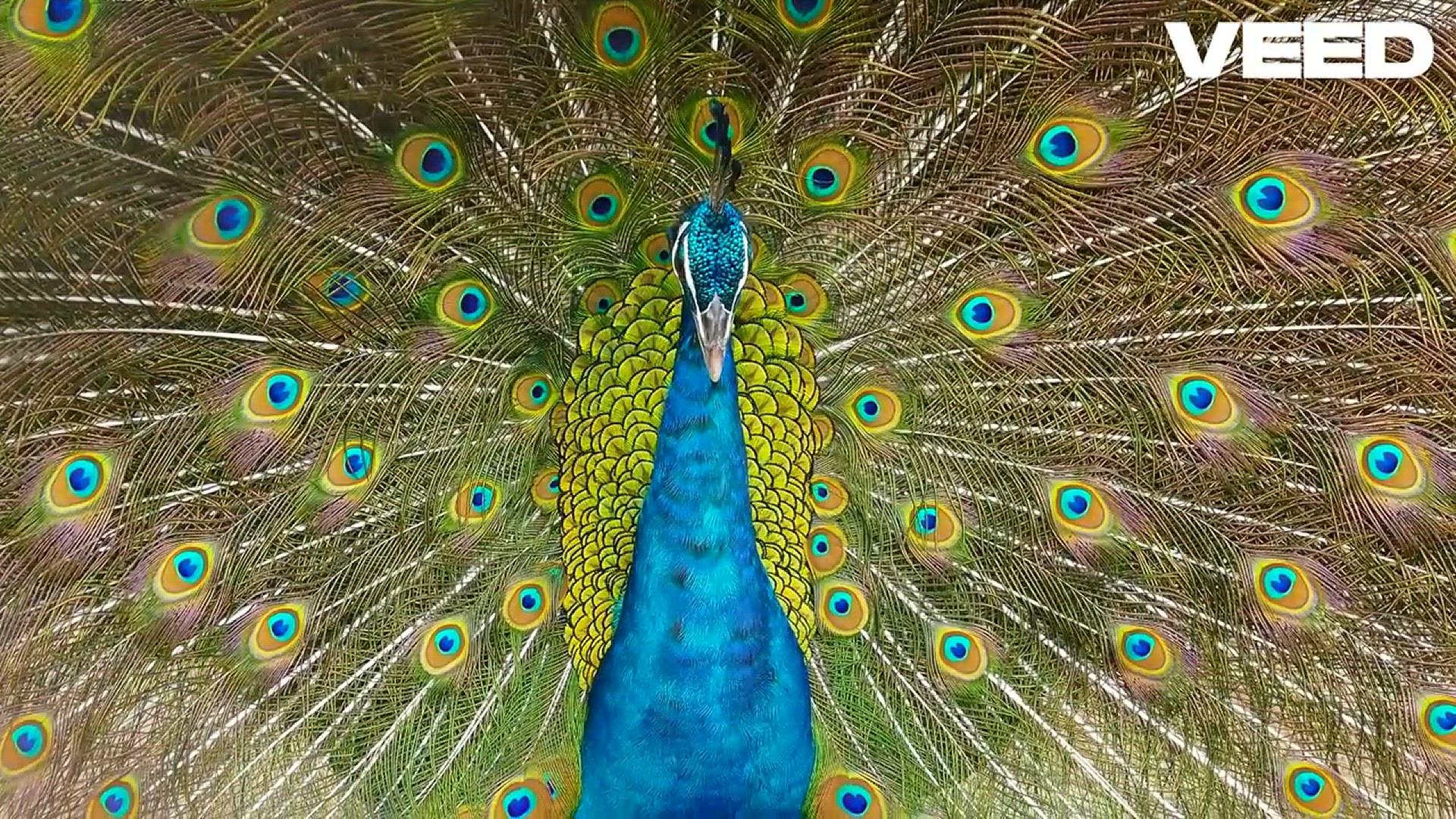
The Royal Hoopoe Nature's Wise Fashionista!
As for its distribution, the Hoopoe can be found in various regions around the world, including Africa, Asia, and Europe. Despite facing certain threats, such as habitat degradation and climate change, the Hoopoe is currently classified as a species of Le
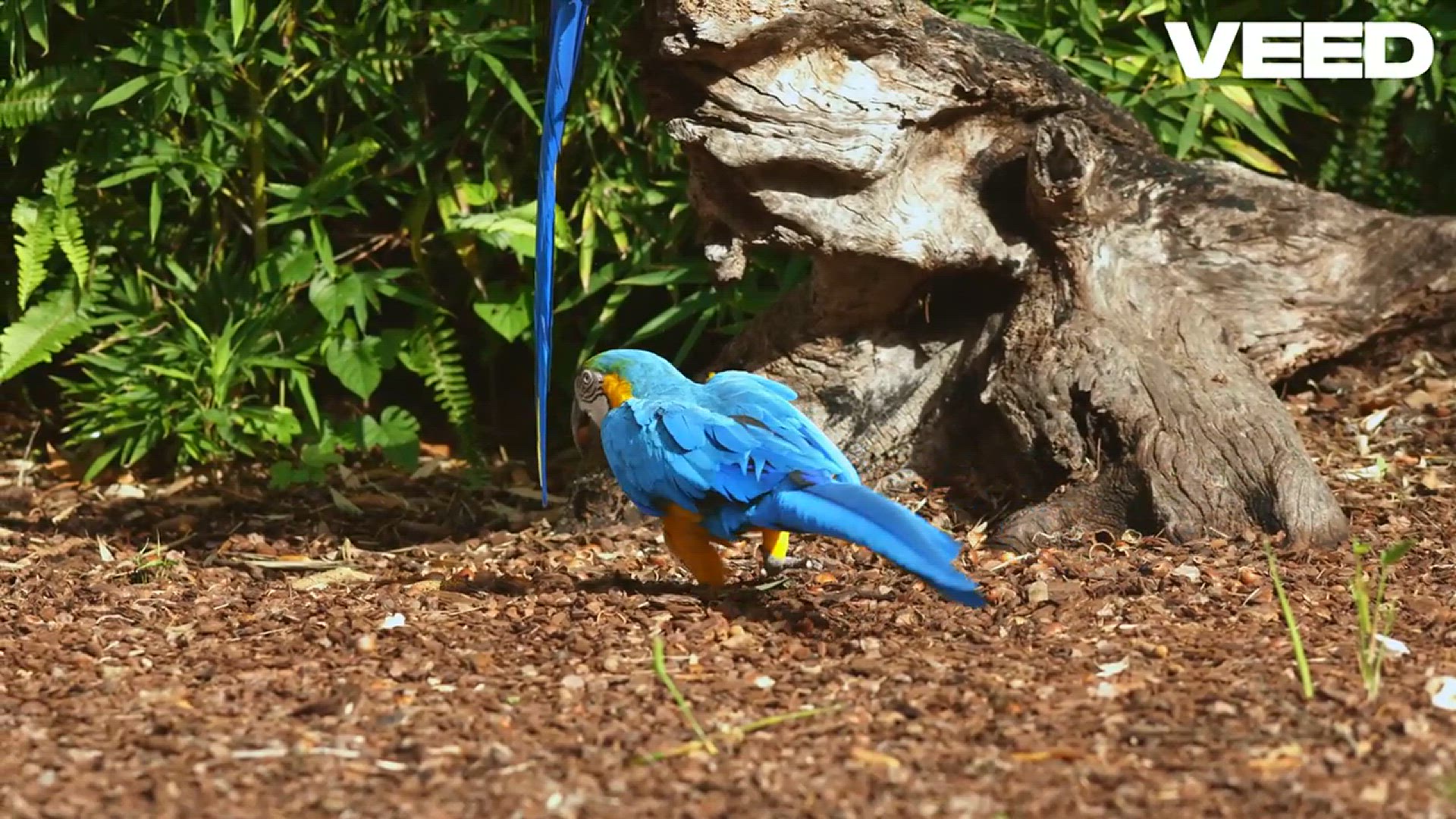
Choosing a Pet Bird - Caique Parrot Review Spreadhapiness.com
Choosing a Pet Bird - Caique Parrot Review
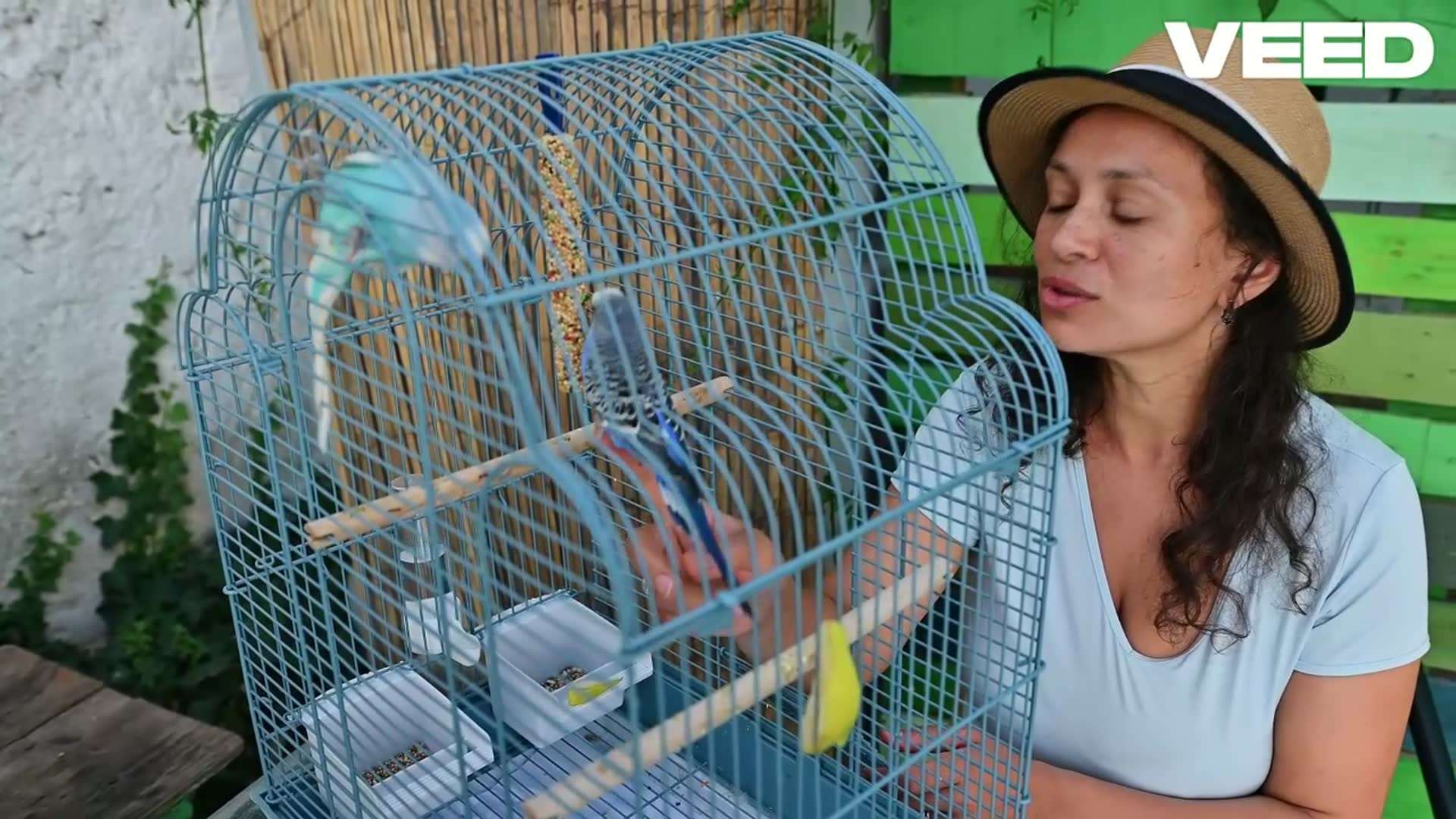
Transform Your Backyard into a Bird Haven!
Bird feeders are a fantastic way to connect with nature right in your backyard. They attract a variety of birds, turning your outdoor space into a lively sanctuary. Whether you're a seasoned birdwatcher or just starting, bird feeding is a rewarding activi

Capture Nature_ Draw Stunning Birds!
Drawing a bird can be a delightful experience, blending observation with creativity. Birds are captivating creatures, each with unique shapes, colors, and personalities. Whether you're a budding artist or just looking to try something new, here’s a step-b

Discover the Enchantment of Blue Birds!
Blue birds have always held a special place in my heart. Their vibrant hues, melodic songs, and lively behavior make them one of nature’s most delightful creatures. Did you know there are more than 30 species of blue birds scattered across the globe? From
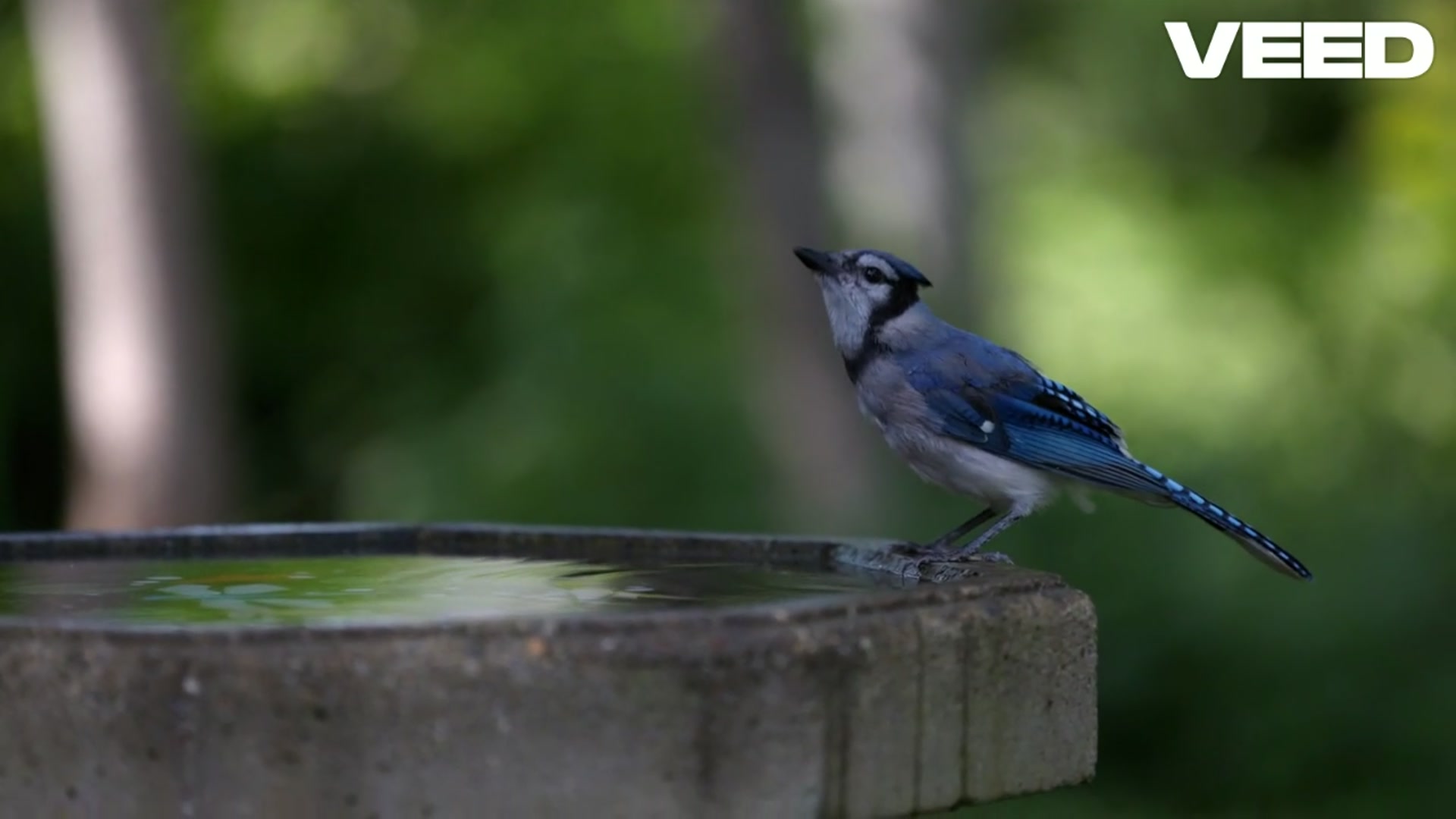
Colorful Birds_ Nature's Vibrant Masterpieces
Imagine a world where every bird is a splash of color, each one more vibrant than the last. From the radiant Scarlet Macaw, flaunting its fiery red, yellow, and blue feathers, to the stunning Resplendent Quetzal, with its emerald green plumage and strikin
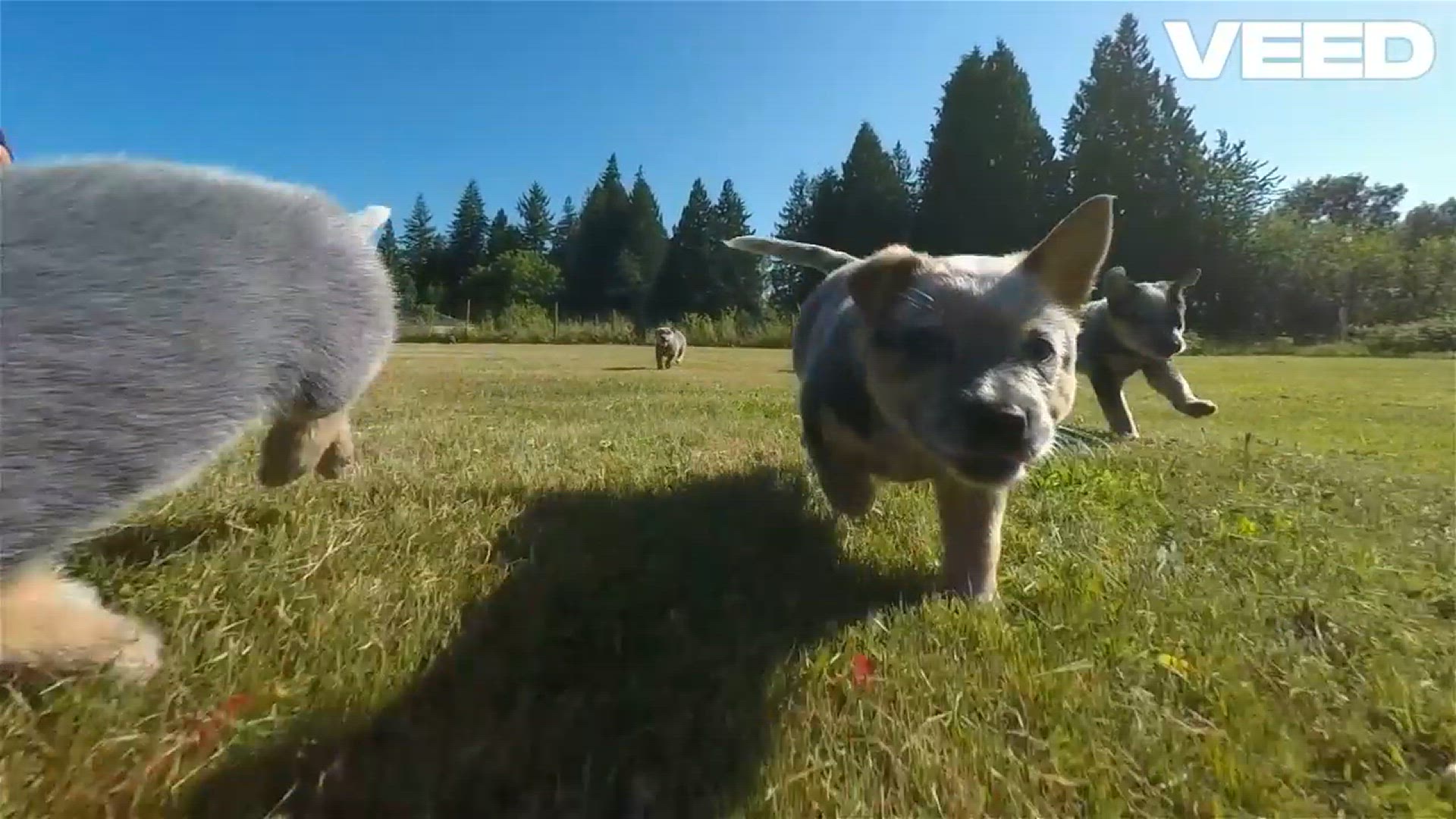
Meet the Energetic Blue Heeler
Get ready to meet one of the most hardworking and intelligent dog breeds: the Blue Heeler! 🐾 In this video, we’ll dive into what makes these energetic and loyal pups so special. From their fascinating history as cattle dogs to their unique personalities a
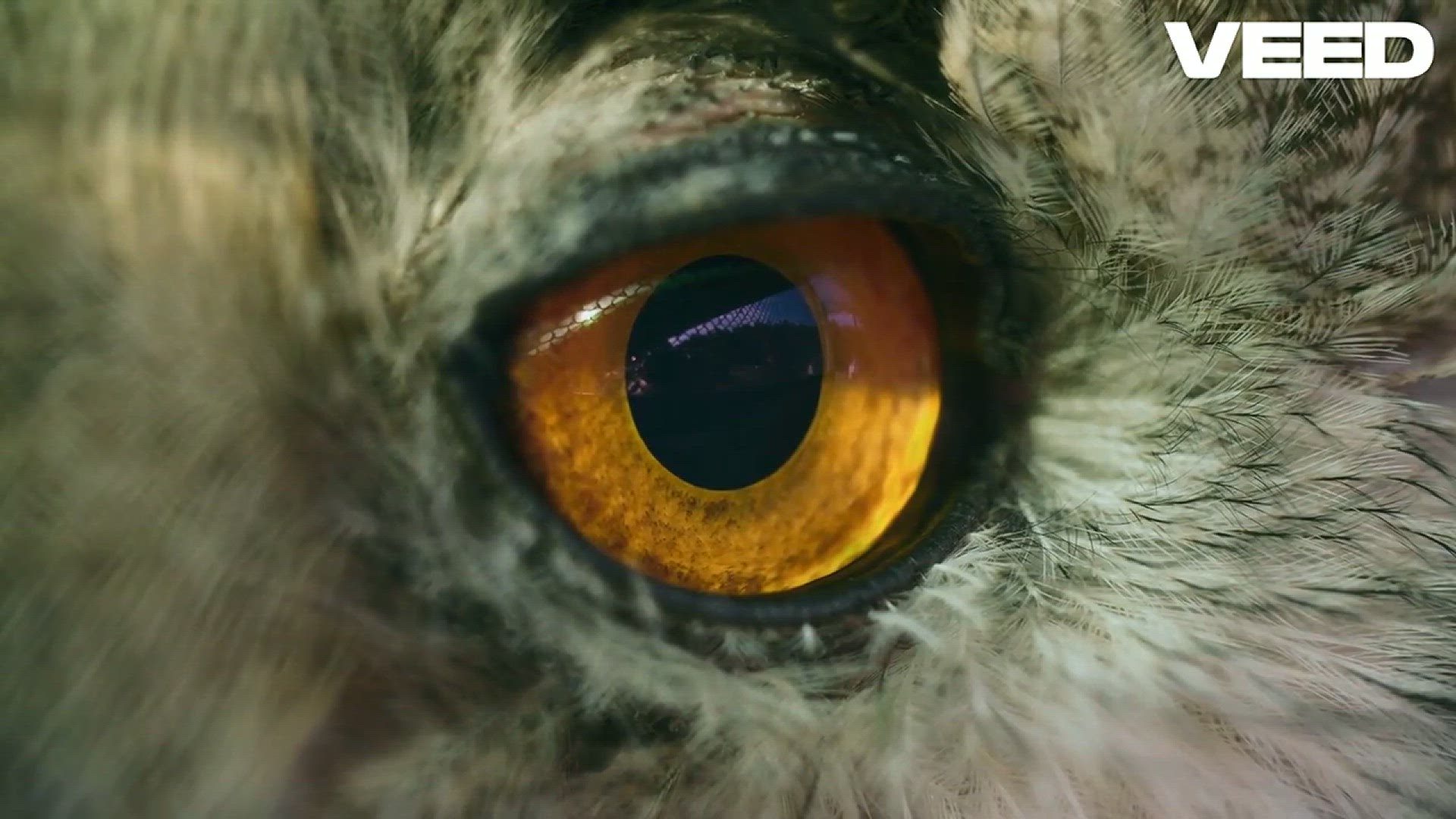
Discover Australia’s Elusive Bush Stone-Curlew
Bush stone-curlew Characteristics The Bush stone-curlew is a bird that is native to Australia and is known for its unique appearance and behavior. It has a long, slender body with long legs and a distinctive call that sounds like a high-pitched scream. Th
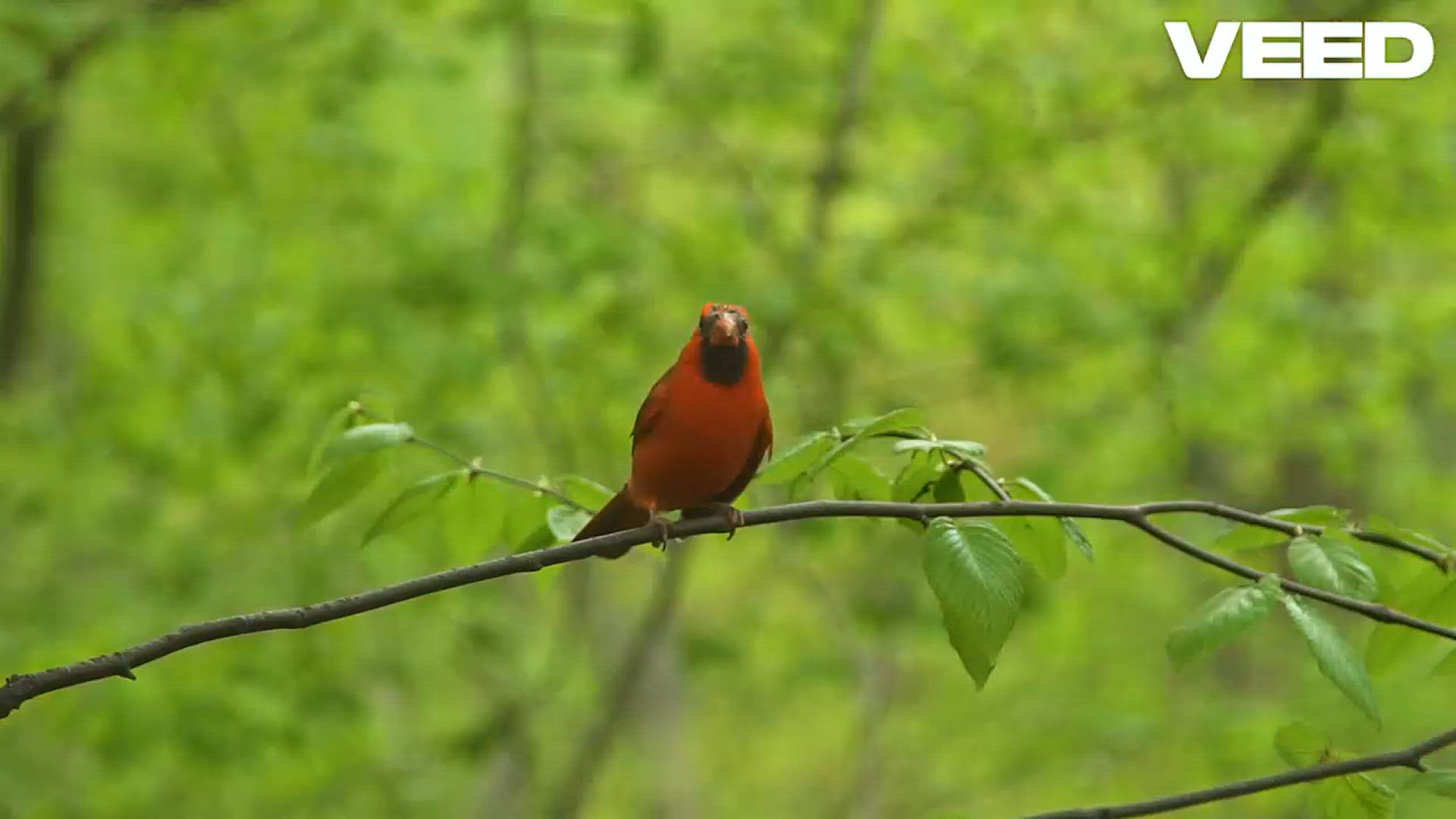
Capture Nature's Beauty_ Bird Art Tips!
Discover the art of capturing nature's beauty with stunning bird illustrations! 🐦✨ In this video, you'll learn essential tips for sketching and painting birds, from understanding their anatomy to mastering color and texture. Whether you're a beginner or a
